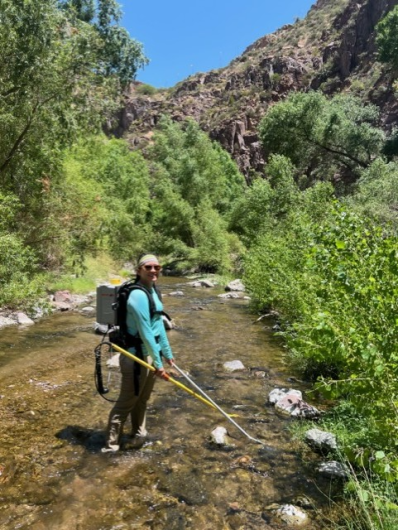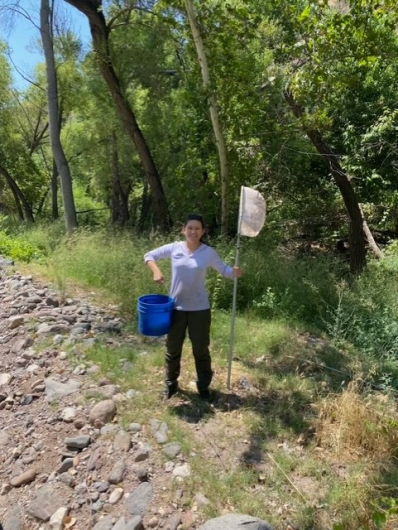Related Content
Related Stories
- Overcoming challenges to move the BLM forward: Nikki Haskett
- BLM recreation sites available to all: Exploring accessibility on Arizona’s public lands
- Connecting Utah students to public lands careers
- BLM joins community in action during Lake Havasu Area Desert Clean-Up
- Bureau of Land Management Law Enforcement Officers’ backcountry and medical skills save competitor’s life in public lands toughest motorcycle race
Office
711 S. 14th Avenue
Suite 100
Safford, AZ 85546
United States
Phone:
Email:


